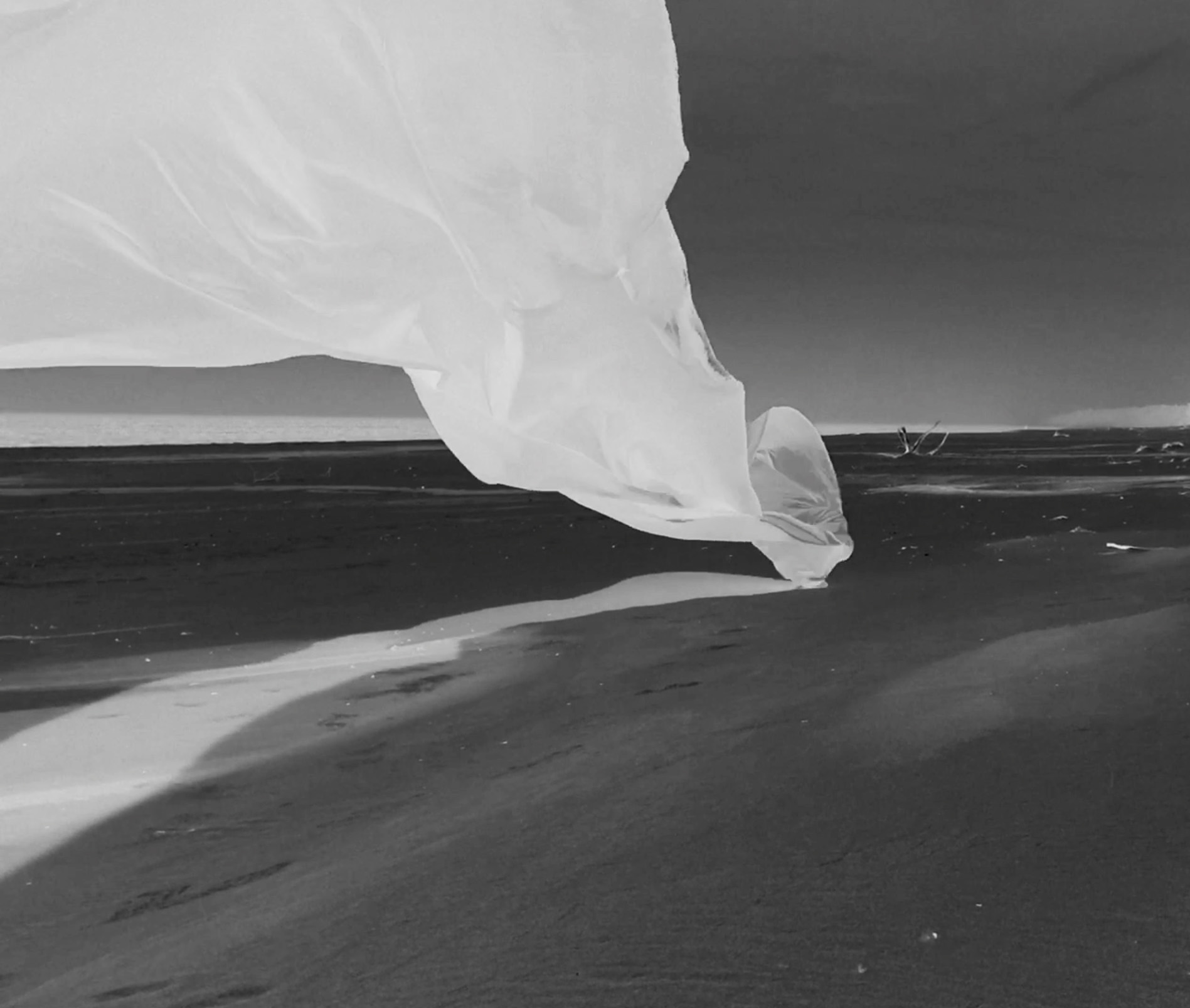THE WIND FROM THE SEA | Aleksander Radziszewski
Gallery Duża Scena UAP, 24 Wodna Str.
16 – 28.08.2023
Finissage: 28.08, 18:00
“The witch’s scapular was torn off so that he would no longer defend her, and she was allowed to drink a second glass of holy wine. When the boat, pushed from the shore by the oars of several stout fishermen, ran out to sea, the crowd on the shore howled to throw the witch into the water as soon as possible. And so it happened. The two biggest masops, straddling the boat-drivers, lifted the limp woman by the arms and legs, swung her in the air, and flung her far into the water. Drunk on holy wine and stripped of her scapular, she sank to the bottom like a stone. The homeless crowd on the shore rejoiced not a little when they saw that the sea had finally swallowed up the wicked one. It was already spreading slowly when the fishermen dragged the corpse of the drowned woman with a long rope. It was left contemptuously on the sand of the coast to the admiration of sea crows and the fear of curlews.” 1
Stefan Żeromski in his book “The Wind from the Sea” described the story of an informal trial for witchcraft, or rather an act of lynching, whose victim was Krystyna Ceynowa, a Kashubian woman from Chałupy. It was the last murder of an alleged witch not only in Poland but also in Europe (1836). The exhibition directly refers to this event, evokes it and confronts it with the current time, becoming a carrier of contemporary stories, conflicts and fears, not only local – seaside ones, but also global ones. It is a story about Baltic culture, its ancient and current rituals, as well as about a place full of contrasts that defined the communities that lived there. The exhibition is also based on these contrasts – on the one hand something unreal, magical and beautiful, on the other – brutal and primitive.
1. Stefan Żeromski, „Wiatr od morza”, Wydawnictwo Glob, 1985 r.

- Author: o.petrenko
- Published on: 11.08.2023, 09:22
- Last edit: 11.08.2023, 09:22

